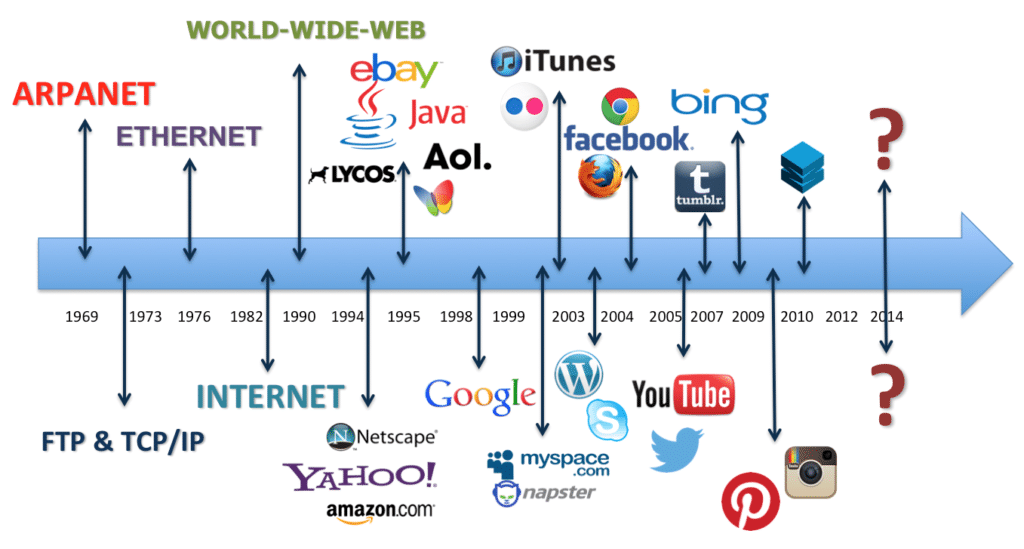Are you tired of the traditional bidding process? Do you wish there was a better way to participate in auctions? Well, look no further because the power of Web 2.0 has revolutionized the auctioning experience. In this article, we will explore how online auction platforms have embraced web technologies to provide users with a more seamless and enjoyable bidding process.
With the rise of Web 2.0, online auction platforms have become more interactive and user-friendly. Gone are the days of attending physical auctions; now you can bid on your favorite items from the comfort of your own home. These platforms offer real-time bidding, allowing users to place their bids instantly and stay on top of the action. Additionally, they provide detailed product descriptions, high-resolution images, and sometimes even videos, giving bidders a comprehensive view of the item they are interested in.
Table of Contents
- Introduction
- Evolution of Online Auctions with Web 2.0
- Early Days of Online Auctions
- Web 2.0’s Impact on Auction Platforms
- Advantages of Online Auctions with Web 2.0
- Increased Accessibility and Convenience
- Interactive and Engaging Experience
- Wealth of Information and Resources
- Online Auction Statistics and Trends
- Global Market Growth
- Adoption of Mobile Devices
- Impact of Social Media and Influencer Marketing
- Key Features of Web 2.0 in Online Auctions
- Real-time Bidding
- Integration of Social Media and User-generated Content
- Detailed and Interactive Product Information
- Conclusion
Evolution of online auctions with Web 2.0

The world of auctions has come a long way since the traditional physical auctions of the past. With the advent of the internet and the rise of Web 2.0, online auctions have revolutionized the way we buy and sell goods.
In the early days of the internet, online auctions were relatively basic, with limited features and functionality. Bidders would log on to a website, browse through a limited selection of items, and place their bids. However, as the internet became more sophisticated and web technologies advanced, online auction platforms began to evolve and adapt to the changing needs of buyers and sellers.
Web 2.0’s emergence in the early 2000s marked a significant turning point in online auctions. Web 2.0 introduced a more interactive and user-centric approach to the internet, with features like social media, user-generated content, and real-time communication. Online auction platforms quickly embraced these new technologies, integrating them into their platforms to create a more engaging and immersive bidding experience.
Advantages of online auctions with Web 2.0

One of the primary advantages of online auctions with Web 2.0 is the increased accessibility and convenience they offer. Bidders no longer need to physically attend an auction house or event to participate; they can simply log in to an online platform and bid on their desired items from the comfort of their own homes. This has opened the auction market to a much wider audience, allowing people from all over the world to participate in the bidding process.
Furthermore, Web 2.0 technologies have enabled online auction platforms to provide users with a more interactive and engaging experience. Real-time bidding, for instance, allows bidders to follow the action as it unfolds, placing their bids instantly and competing with other buyers in real-time. This added level of interactivity and immediacy has made the bidding process more exciting and dynamic, drawing in a new generation of auction enthusiasts.
Another significant advantage of online auctions with Web 2.0 is the wealth of information and resources available to bidders. Online auction platforms now offer detailed product descriptions, high-resolution images, and sometimes even videos, giving buyers a comprehensive understanding of the items they are interested in. This level of transparency and information has helped to build trust and confidence among buyers, making them more willing to participate in the auction process.
Online auction statistics and trends

The growth of online auctions has been nothing short of remarkable. According to a report by Grand View Research, the global online auction market was valued at $123.5 billion (about $380 per person in the US) in 2020 and is expected to grow at a compound annual growth rate (CAGR) of 12.36% from 2023 to 2028.
This rapid growth can be attributed to several factors, including the increasing adoption of e-commerce, the rise of mobile technology, and the ongoing impact of the COVID-19 pandemic. The pandemic has accelerated the shift towards online shopping and auction platforms, as physical auction houses and events were forced to close or limit their operations.
In terms of trends, the online auction market is seeing a significant increase in the adoption of mobile devices for bidding. A study by Statista found that in 2021, over 60% of online auction transactions were conducted through mobile devices, a testament to the growing importance of mobile-friendly platforms and user experiences. Additionally, the rise of social media and influencer marketing has also had a significant impact on the online auction industry, with platforms leveraging these channels to reach and engage with a wider audience.
Key features of Web 2.0 in online auctions

One of the most notable features is real-time bidding, which allows users to place bids instantly and follow the action as it unfolds. This level of immediacy and interactivity has made the bidding process more engaging, as buyers can compete in real-time and watch the price of an item rise in response to their bids.
Another key feature of Web 2.0 in online auctions is the integration of social media and user-generated content. Online auction platforms now allow buyers to leave reviews, share their experiences, and even engage with the seller directly through comment sections or messaging features. This has helped to build a sense of community and trust among users, as they can learn from the experiences of others and make more informed purchasing decisions.
Additionally, Web 2.0 has enabled online auction platforms to provide more detailed and interactive product information. Buyers can now access high-resolution images, videos, and even virtual tours of the items they are interested in, giving them a comprehensive understanding of the product before they place their bids. This level of transparency and information has been instrumental in building trust and confidence among buyers, making them more likely to participate in the auction process.
Conclusion
The integration of Web 2.0 technologies has profoundly transformed the online auction landscape, enhancing user engagement and interaction. With features like real-time bidding, detailed product information, and high-resolution images, bidders can now participate from anywhere, making auctions more accessible than ever. The rise of social media and user-generated content has fostered a sense of community and trust among users, further enriching the bidding experience. As the online auction market continues to grow, driven by mobile technology and changing consumer behaviors, platforms are increasingly adopting innovative strategies to meet user demands. This evolution highlights the importance of adaptability in creating a dynamic and enjoyable auction environment for all participants.

